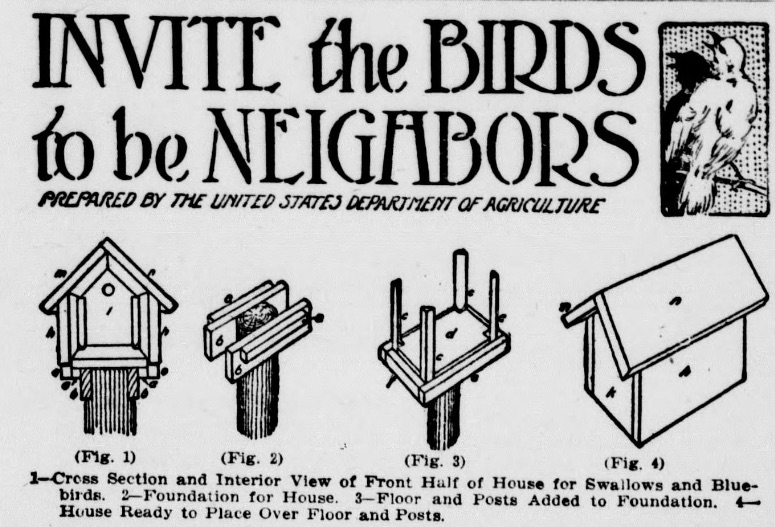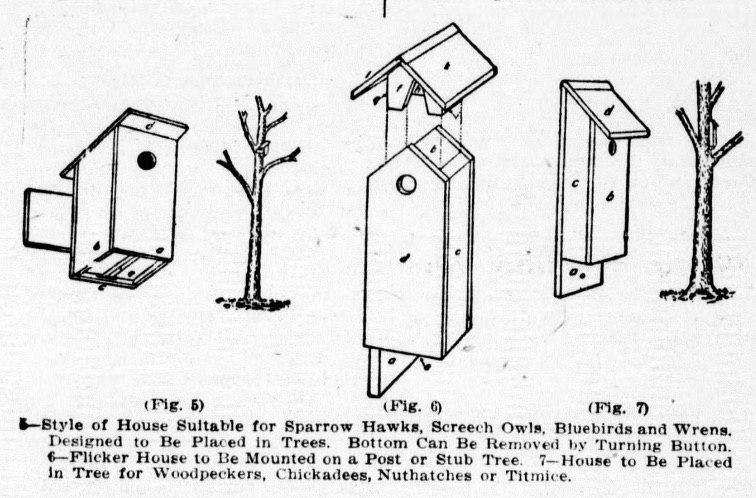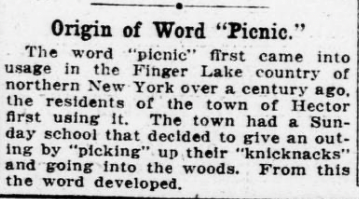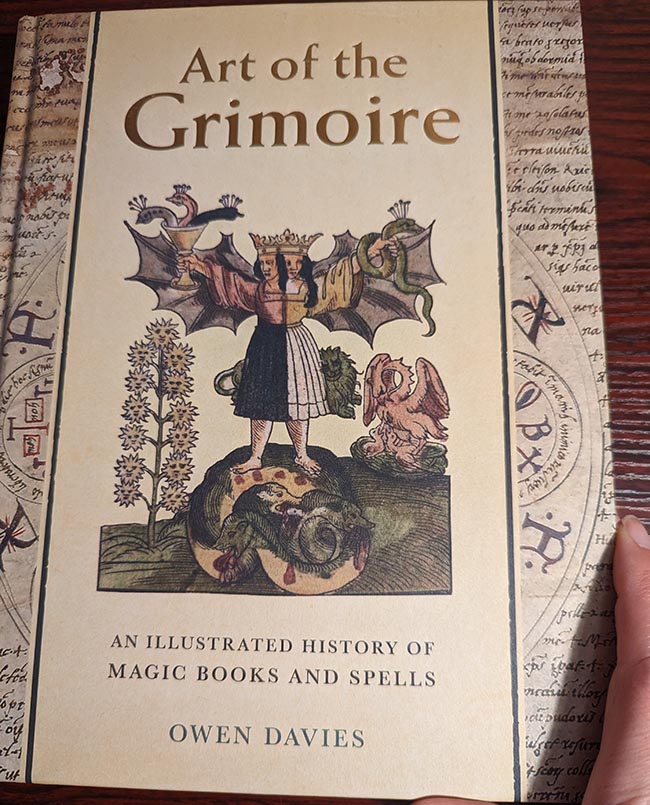
The following illustrations and instructions for building a bird house were originally published in 1917.

Birdhouse Construction
Wood is a better building material for birdhouses than metal or earthenware. Entrance holes should be sheltered by projecting roofs to exclude rain. All houses should be easy to open for cleaning. A perch at the entrance is unnecessary, and may even be an objection, as it is frequently used by English sparrows while they twitter exasperatingly to frighten off more desirable occupants. TO provide for proper ventilation, a row of small holes is sometimes bored just beneath the eaves, but there should never be a ventilating hole lower than the entrance, and joints should be made tight, as drafts of air are dangerous. In case there is danger that rain may be driven in through the door, a small drainage hole, which will be covered by the nest, may be made in the middle of the floor.
The appearance and durability of houses are improved by a coat of paint. A neutral shade of green or gray is suitable for houses mounted in trees, while those on poles, being conspicuously placed, lend themselves harmoniously to the landscape when painted white. Heads of nails and screws should be set rather deeply and covered with putty.
In building birdhouses it should be with the object of attracting particular species of birds, as the requirements of the different species vary. The following forms of birdhouses are suggested by the United States bureau of biological survey.

The house shown in Figures 1 to 4 is designed to be set on a pole or tree stub for the use of swallows especially, and for these birds the cavity should be about 5 by 5 inches, with a depth of 6 inches and an entrance 1-1/2 inches in diameter. It can be cleaned by simply lifting the box from its base. Bluebirds and wrens, as well as swallows, nest in this style of house, though they prefer a cavity 8 inches deep. Figure 5 illustrates a house to be attached to a tree. It can be opened for cleaning by turning a button and removing the bottom. This house is easy to build and if suitably proportioned is adapted to a great variety of birds. Plans are furnished for two sizes – one for bluebirds and the other for screech owls or sparrow hawks.
The flicker house shown in Figure 6 is designed to be placed on a post or the stub of a tree. The cavity should by 7 by 7 inches and 16 to 18 inches deep. The roof can be lifted in the same way that a stopper is removed from a bottle. A house suitable for members of the woodpecker family and also for nuthatches and titmice, including chickadees, is shown in Figure 7. It is attached to boles of trees. The bottom is removable. Woodpeckers demand a rather deep cavity for nesting – from 12 to 18 inches. The other dimensions required are about 6 by 6 inches, with an entrance from 1-1/4 to 2 inches in diameter. An inch or so of sawdust should be placed in the bottom of the house, as woodpeckers do not gather nest materials.
Source: Clearwater Republican. (Orofino, Idaho), 12 Oct. 1917.


